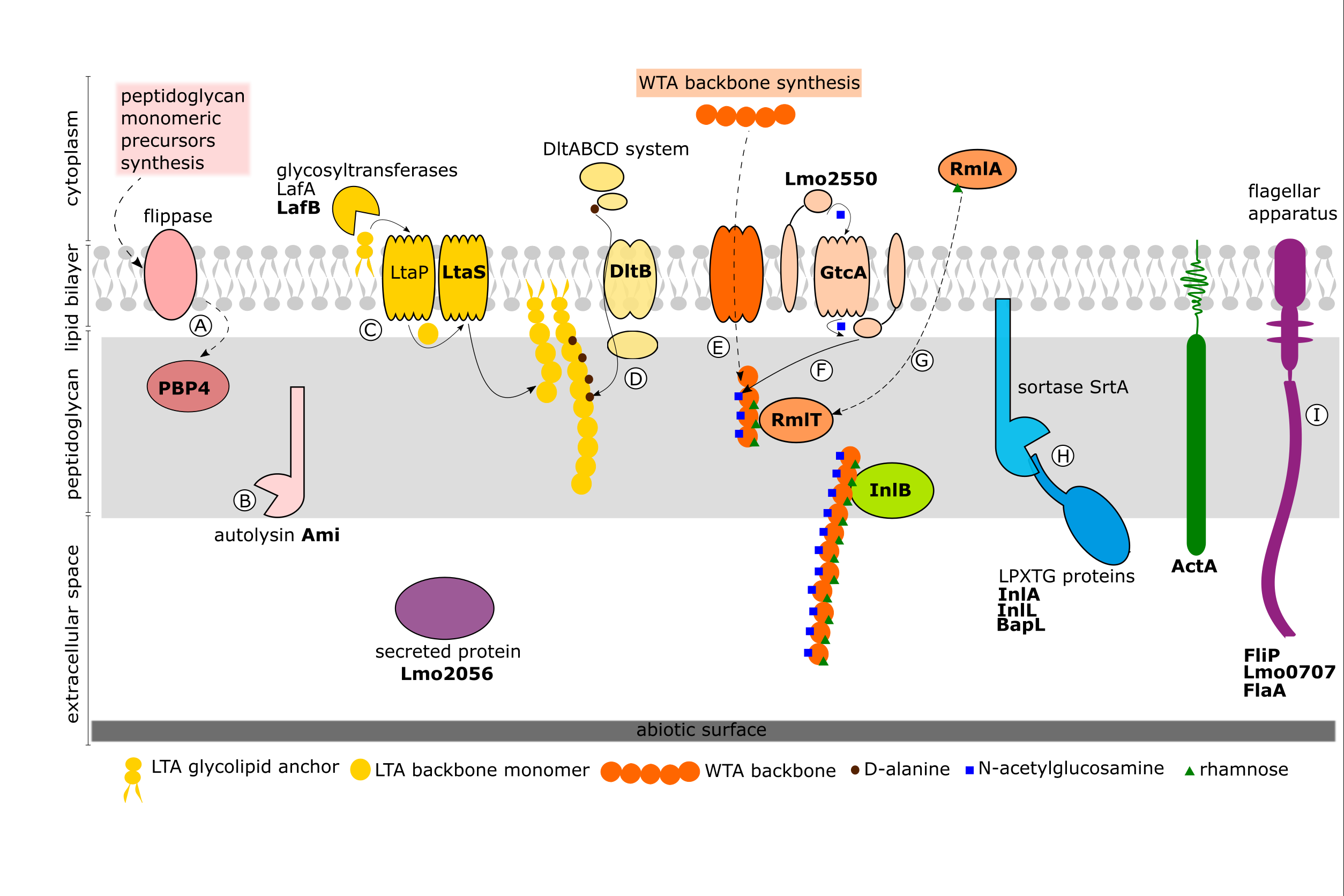
A review on how Listeria monocytogenes organises its surface for biofilm formation
- Post by: Ana Mitrović
- 26.October, 2021
- Comments off
Nika Janež, Jerica Sabotič (corresponding) and co-workers recently published a review of current advances on how Listeria monocytogenes organises its surface for biofilm formation on abiotic surfaces in the food sector (DOI 10.1111/1751-7915.13847). Insights into the molecular structure of bacterial surfaces can provide new ideas and directives for the development of new antimicrobial strategies to prevent the development of bacterial resistance and expand our antimicrobial arsenal. Therefore, a synthesis of current knowledge on the role of the Listeria surfactome, consisting of peptidoglycan, teichoic acids, and cell wall proteins, in biofilm formation on abiotic surfaces was prepared. Clues were obtained from genome-wide studies and structures with established mechanistic aspects were further discussed. We also analysed analogies with the species L. innocua, which is closely related to L. monocytogenes and is often used as its model (surrogate) organism. We believe that understanding the relationship between pathogenicity potential and surface structures important for biofilm formation in L. monocytogenes, which allow long-term persistence, will facilitate targeting of strains that pose the greatest risk to human and animal health. To read the whole paper use this link https://sfamjournals.onlinelibrary.wiley.com/doi/full/10.1111/1751-7915.13847 .

